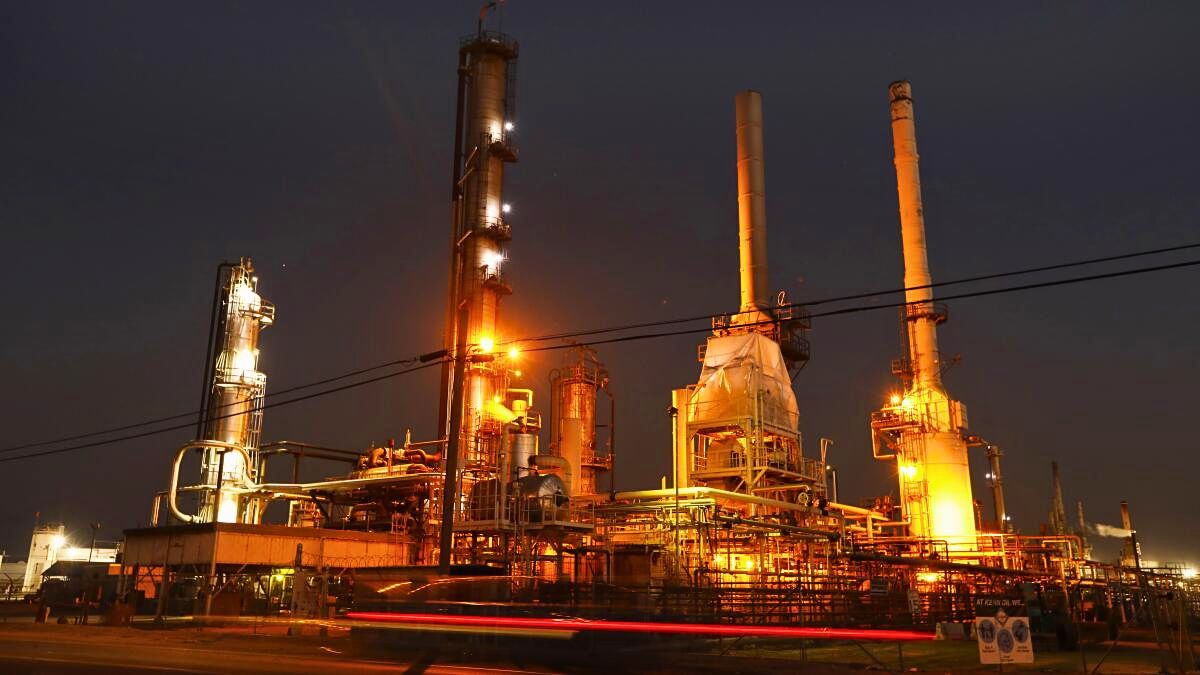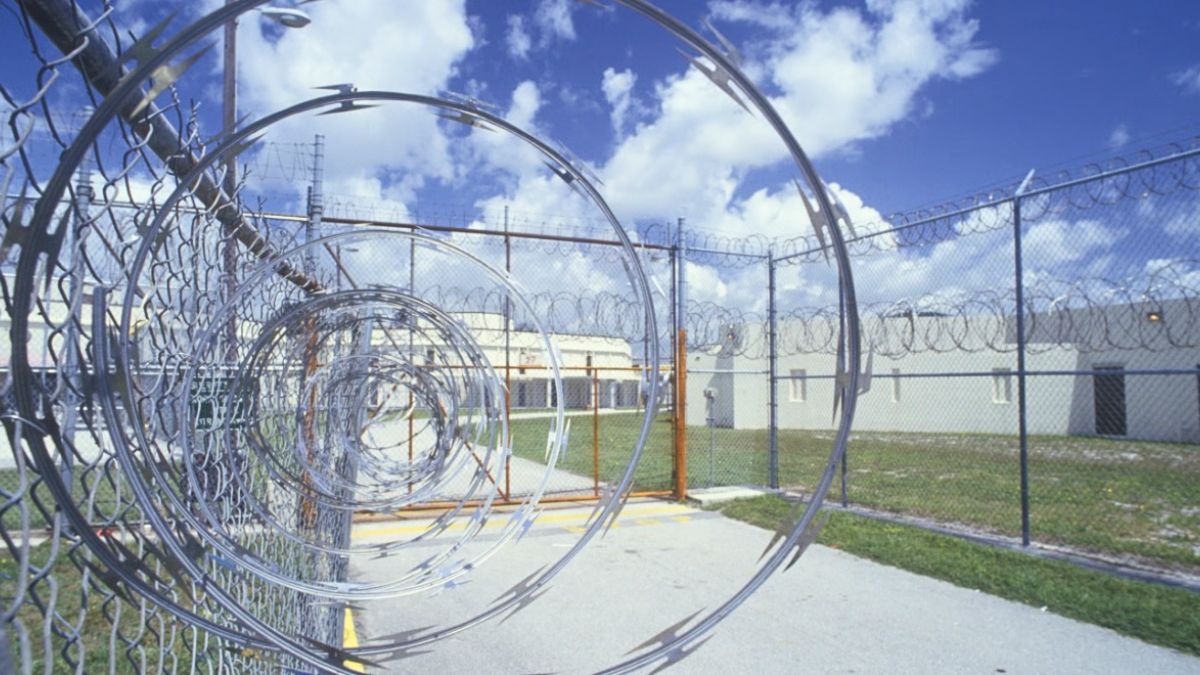Companies everywhere are racing to ditch diesel and cut emissions. The latest contender? Not electric, not hydrogen… but natural gas. Yes, the same fuel that once powered early vehicles in the 1800s is making a serious comeback, and it’s all thanks to a new engine called the X15N, developed by California-based Cummins.
It’s not just nostalgia — this 15-liter engine is aiming to deliver diesel-level performance with a far lighter environmental footprint. Let’s take a closer look at what might be the most surprising green technology revival of the decade.
Engine
So, what exactly is the X15N?
It’s a 15-liter natural gas engine being tested by giants like Walmart and UPS. It’s powerful, with up to 500 horsepower and 1,850 lb-ft of torque — specs that match or even exceed many diesel engines. But the real magic lies in what it runs on: renewable natural gas (RNG).
Unlike fossil fuels, RNG is produced from organic waste like farm manure, making it not just clean-burning, but also a carbon-negative fuel. In fact, some RNG can deliver emissions 300% below zero. That means it doesn’t just emit less — it helps cancel out emissions elsewhere in the system.
History
To really get this comeback, we need to rewind — all the way to 1860.
That’s when Étienne Lenoir built one of the earliest self-propelled vehicles… and it ran on natural gas. But gas was eventually overtaken by gasoline and diesel, and pushed to the sidelines.
Fast forward 160 years, and the global urgency to cut emissions has turned us back to natural gas, this time with cleaner production methods and serious environmental goals.
Performance
You’d expect a greener fuel to mean less power — but not here.
Cummins designed the X15N to offer the same performance as diesel, with the added benefit of fewer emissions and lower operating costs. Even better, this engine doesn’t require a complete redesign of the truck.
It’s compatible with existing truck platforms, meaning companies don’t need to spend millions revamping their fleets. This is a key reason more than 40 commercial fleets have already placed orders, including many who’ve never used natural gas before.
Stations
Of course, having a clean engine means nothing if you can’t refuel it. But that’s where RNG has a surprising advantage.
There are already 800 to 900 fueling stations across the United States that support natural gas, and over 100 new production facilities are in development. That means companies can shift to natural gas without waiting for infrastructure to catch up — a major obstacle in the electric and hydrogen sectors.
And Cummins isn’t stopping here. They plan to launch multi-fuel engines by 2027 that can also run on hydrogen. But for now, all eyes are on the X15N.
Benefits
Here’s why this engine might actually stick:
| Feature | Benefit |
|---|---|
| Power | Matches diesel (500 hp, 1,850 lb-ft) |
| Emissions | Up to 300% below zero with RNG |
| Compatibility | Fits in existing diesel truck models |
| Infrastructure | 800+ stations already available |
| Operating Costs | Lower than diesel |
| Industry Adoption | 40+ fleets already ordered |
The best part? Companies don’t need to reinvent the wheel — just refuel it differently.
Future
While hydrogen and electric get most of the headlines, natural gas might quietly take the lead. It’s not as flashy, but it works. And it’s available now. If RNG continues to grow, and the X15N performs as promised, it could mark the beginning of a serious shift away from diesel.
This could be one of those cases where progress comes from looking back, not forward. Who would have thought a 19th-century fuel would become one of the most promising green solutions of the 21st century?
Sometimes, innovation is about using old tools in smarter ways. And with Cummins’ X15N, natural gas is finally getting a second shot — and maybe even the win.
FAQs
What is the X15N engine?
A 15-liter natural gas engine developed by Cummins.
What fuel does X15N use?
It runs on renewable natural gas made from organic waste.
How does X15N compare to diesel?
It offers similar power with far lower emissions.
Are there stations for RNG?
Yes, 800+ stations are already available in the U.S.
Is the engine ready for commercial use?
Yes, 40+ fleets have already placed orders.
























